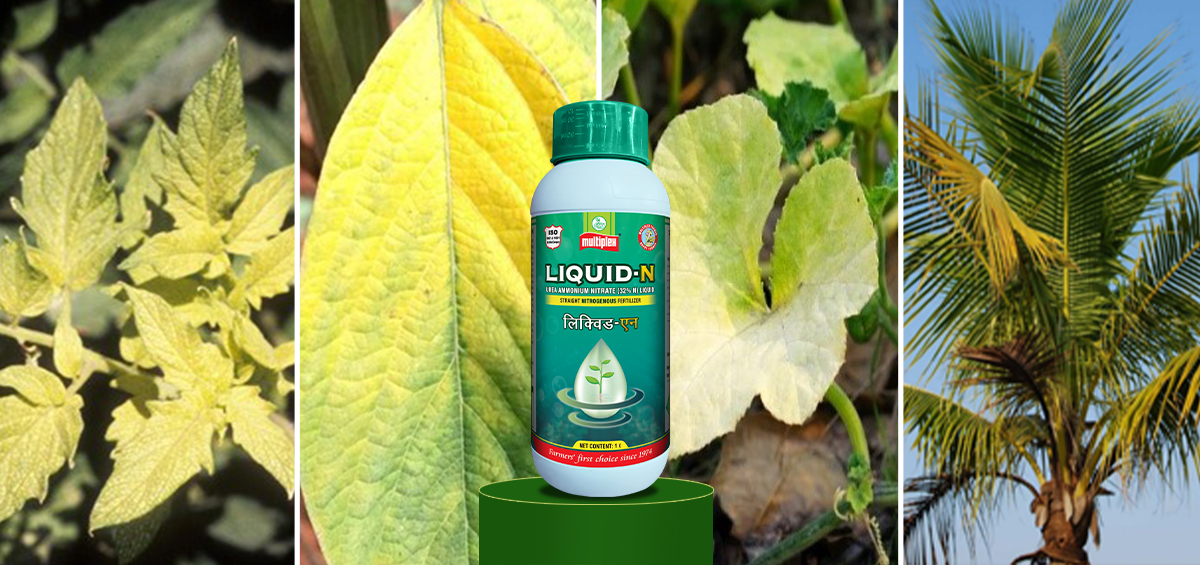
Nitrogen is a key macronutrient in agriculture which forms the backbone of amino acids, proteins and chlorophyll. It is the driving element which is required for photosynthesis, metabolism and DNA/RNA synthesis that determine crop growth and yield. In soil, it is available to the plants in ionic forms of nitrate or ammonium—each with different mobility and availability---which affects how plants absorb it and how much is lost due to leaching or volatilization. Thoughtful management of these forms, through precise timing and application rates, maximizes plant vigor and biomass while minimizing environmental losses.




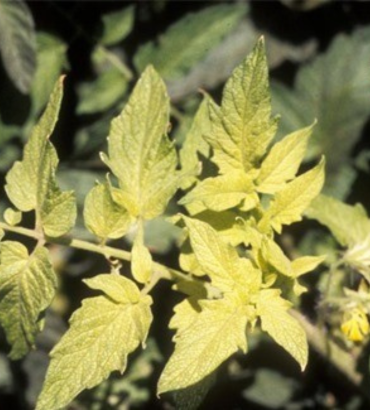
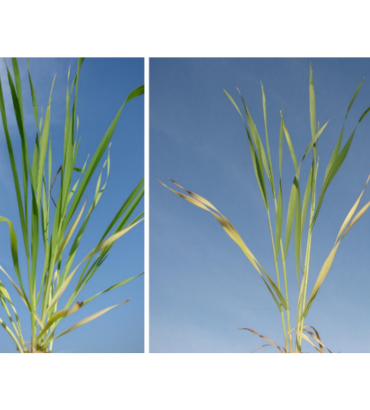
Traditional nitrogen fertilizers, though widely used, come with several disadvantages when compared to advanced formulations like Multiplex Liquid N .
To overcome this issue, Multiplex has developed a unique nitrogen fertilizer, Multiplex Liquid-N – a reliable nitrogen source for your crops!
Multiplex Liquid-N is an FCO-approved, water-soluble nitrogen fertilizer suitable for use in all crops which has a carefully balanced composition of 16.5% Urea nitrogen, 7.5% Ammonical nitrogen, and 7.5% Nitrate nitrogen, with a total available nitrogen content of 32%. It ensures both an immediate and sustained nitrogen supply to plants.
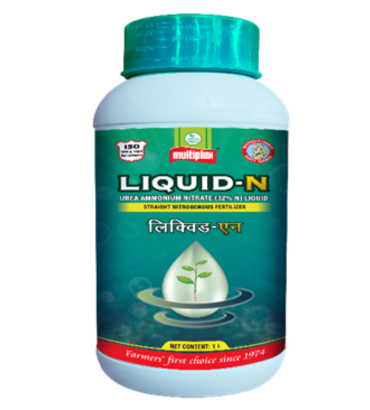
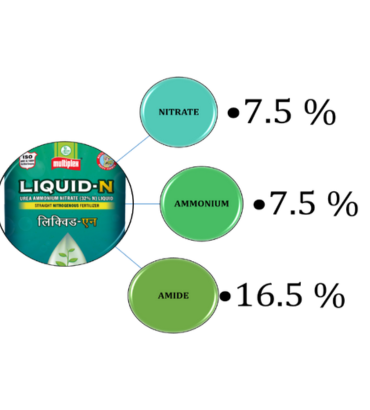
Multiplex Liquid-N has nitrogen in easily available and absorbable form which works through fine droplets that adhere to the leaf surface and penetrate the stomatal openings within minutes. It helps in faster assimilation of nitrogen in plants when applied on the foliage.
On application of Multiplex Liquid-N, the leaves absorbs inorganic and organic nitrogen sources through small pores within leaf cuticles. As these pores are lined with negatively charged molecules, uptake of cations like ammonium form of nitrogen is faster which are required for crops like paddy and maize for boosting yield.
Urea nitrogen, in the form of amide, is small, uncharged and highly soluble, allowing quick absorption through leaf pores. Once absorbed, it converts into ammonia and carbon dioxide with the help of the urease enzyme present in many plant leaves.
Whereas, Nitrate form of nitrogen are readily absorbed and utilized by most of the field crops in the early stages of their growth.